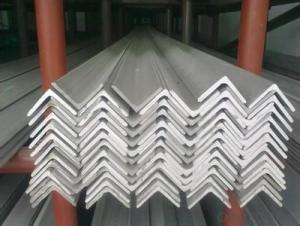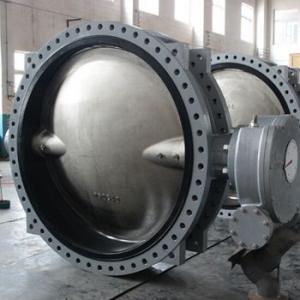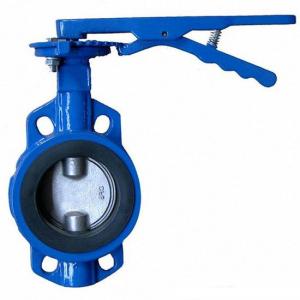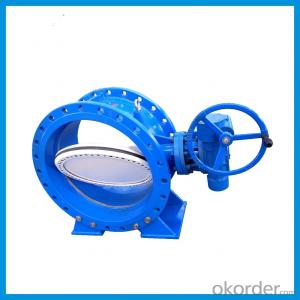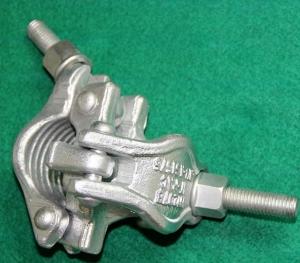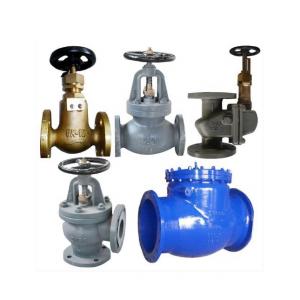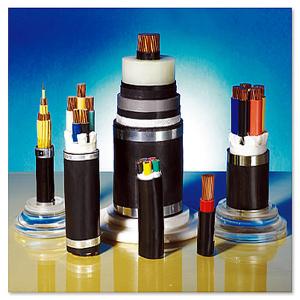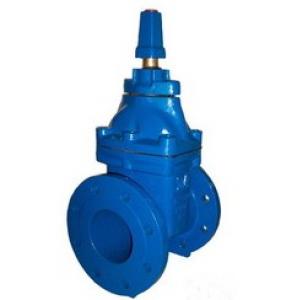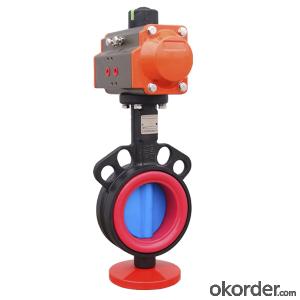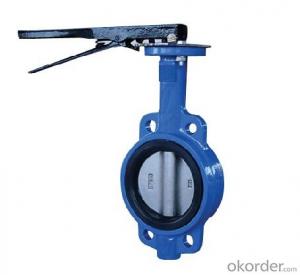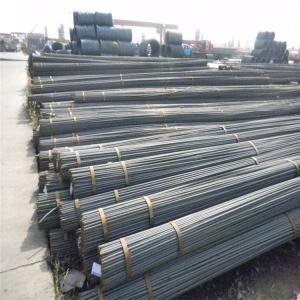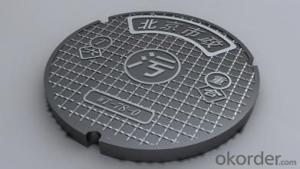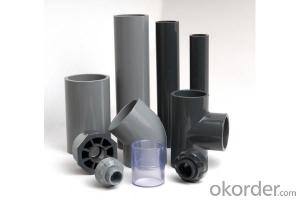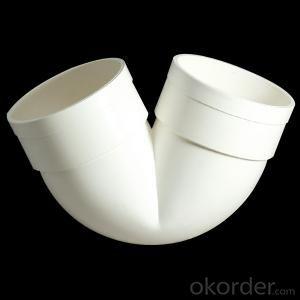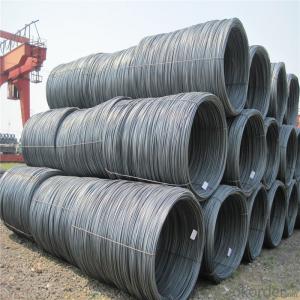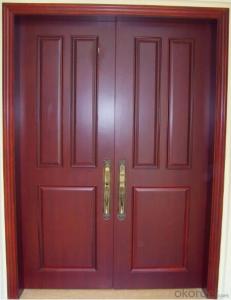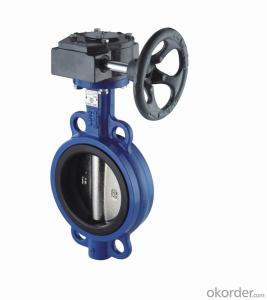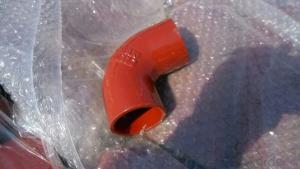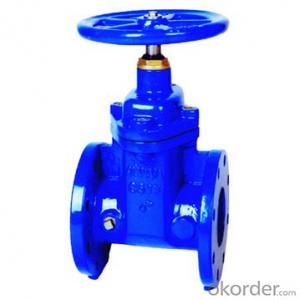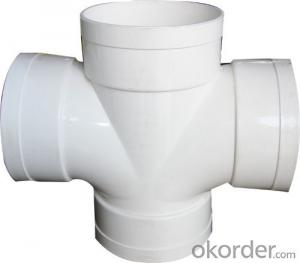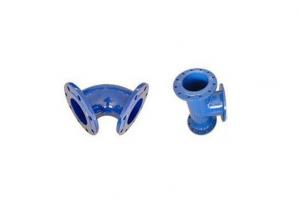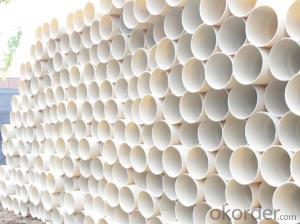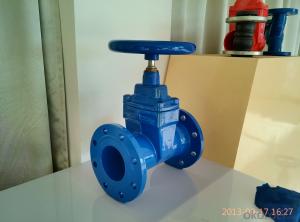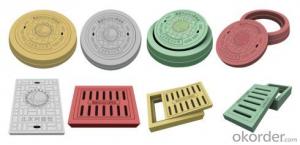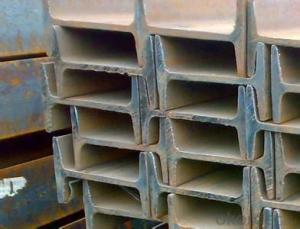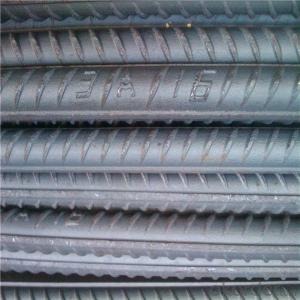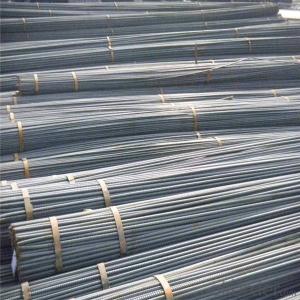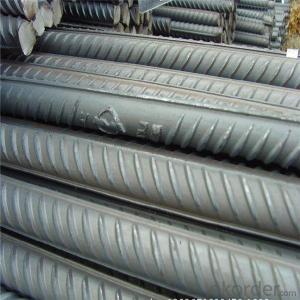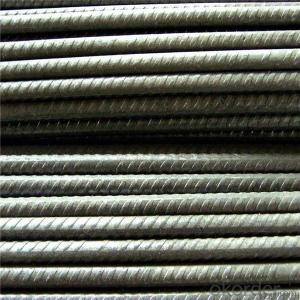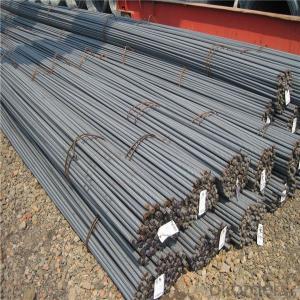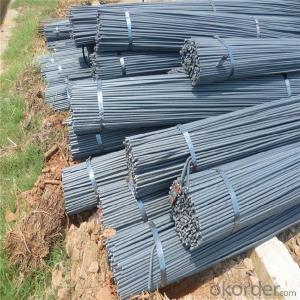Bs 4449
Bs 4449 Related Searches
Bs 4449Hot Searches
Aluminium Scaffold Planks Sale Aluminium Walkway Mesh PricesBs 4449 Supplier & Manufacturer from China
Okorder.com is a professional Bs 4449 supplier & manufacturer, offers integrated one-stop services including real-time quoting and online cargo tracking. We are funded by CNBM Group, a Fortune 500 enterprise and the largest Bs 4449 firm in China.Hot Products
FAQ
- What is the difference between drawing steel and round steel on drawing?
- The difference between steel and round steel in drawing is mainly reflected in the mark of drawing:Methods: a 1 round, round a vertical or diagonal round steel, a steel;
- Yes, steel rebars can be galvanized for additional protection. Galvanizing is a process where a layer of zinc is applied to the surface of the steel rebar. This layer acts as a protective barrier, preventing corrosion and extending the lifespan of the rebar. Galvanized steel rebars are commonly used in construction projects where exposure to moisture, chemicals, or other corrosive elements is expected. The galvanizing process involves dipping the steel rebars into a bath of molten zinc or applying a zinc-rich coating through a hot-dip galvanizing or electroplating process. This results in a durable and corrosion-resistant coating that provides additional protection to the steel rebar, increasing its longevity and reducing maintenance requirements. Overall, galvanizing steel rebars is an effective method of enhancing their protection against corrosion and ensuring their long-term durability in various applications.
- Steel rebars undergo several common quality tests to guarantee their strength and durability, ensuring they meet the necessary standards and can withstand the intended load and environmental conditions. The tensile test is one of the most prevalent quality tests for steel rebars. This test determines the maximum amount of tensile stress the rebar can bear before breaking, providing insights into its tensile strength and ductility. Another significant quality test is the bend test, which involves bending a rebar at a specific angle without it breaking. This test evaluates the rebar's flexibility, resistance to cracking or fracturing, and is particularly crucial for construction projects requiring bending or shaping. Chemical composition analysis is conducted to determine the percentage of various elements present in the steel rebars, such as carbon, manganese, phosphorus, sulfur, among others. This analysis ensures that the rebars meet specific requirements and do not contain any impurities that could jeopardize their strength or corrosion resistance. Corrosion resistance is also a vital property for steel rebars, especially in high-moisture or chemically exposed environments. A corrosion test is performed by subjecting the rebars to corrosive environments like salt spray or acidic solutions, assessing their resistance to corrosion. This test helps determine the rebars' suitability for specific applications and prevents premature degradation. Lastly, dimensional tests are conducted to verify that the rebars meet required dimensions and tolerances. These tests involve measuring the rebars' length, diameter, and weight. Deviations from specified dimensions can impact the rebars' structural integrity and compatibility with other construction materials. In summary, quality tests for steel rebars include tensile testing, bend testing, chemical composition analysis, corrosion resistance testing, and dimensional testing. These tests are crucial in ensuring the strength, durability, and suitability of steel rebars for various construction applications.
- Concrete structures benefit from the presence of steel rebars in various ways, thereby contributing to their overall sustainability. To start with, the durability and lifespan of concrete structures are significantly enhanced by steel rebars. By reinforcing the concrete, rebars provide additional strength and prevent cracks or structural failures, thereby extending the structure's life. This reduces the need for frequent repairs or replacements, conserving resources and minimizing the environmental impact of construction activities. Furthermore, steel rebars are entirely recyclable. When a structure reaches the end of its life cycle, the rebars can be easily extracted and recycled, reducing the demand for new raw materials and minimizing waste. This not only conserves natural resources but also reduces greenhouse gas emissions associated with the extraction and production of fresh steel. Incorporating steel rebars into concrete structures also allows for the use of thinner concrete sections. By using less concrete, the demand for cement, a significant source of carbon dioxide emissions during production, is reduced. Therefore, the use of steel rebars helps to lower the overall carbon footprint of concrete structures. Moreover, steel rebars can be designed to resist corrosion, which is a common problem in concrete structures exposed to harsh environments or coastal areas. By providing protection against corrosion, the rebars increase the service life of the structure, reducing the need for maintenance and repairs. This not only saves costs but also reduces the environmental impact associated with maintenance activities. In conclusion, steel rebars play a vital role in enhancing the sustainability of concrete structures by improving their durability, enabling recycling, reducing material consumption, and minimizing maintenance requirements. By incorporating steel rebars into concrete construction, we can create long-lasting, environmentally-friendly structures that contribute to a more sustainable built environment.
- Several factors come into play when considering how steel rebars can affect the cost of a construction project. To start, reinforced concrete structures often rely on steel rebars for strength and stability. The specific quantity and quality of rebars necessary for a project depend on factors like the structure's size, design, and intended use. The cost of steel rebars is a significant factor to consider. Fluctuations in market conditions, availability, and demand can cause the price of steel rebars to vary, which can have a substantial impact on the overall project cost. Additionally, the grade and quality of rebars can also differ, with higher grades typically being more expensive. Moreover, the quantity of rebars needed directly influences the cost. Large-scale projects that require a significant amount of rebars, such as high-rise buildings or infrastructure projects, can incur considerable expenses related to rebars. The cost is influenced by factors like the structure's size, complexity, and the engineering and design requirements. Labor costs associated with handling, cutting, bending, and placing rebars are another critical consideration. Skilled labor is necessary to ensure proper installation, correct positioning, and securement of rebars. The more complex the structure or design, the more labor-intensive and time-consuming the rebar installation becomes, resulting in higher labor costs. In addition, the use of rebars can impact project scheduling and timelines. Additional time may be required for procuring, delivering, and installing rebars, potentially leading to delays in the overall construction schedule. Any delays can result in increased project costs due to extended labor and overhead expenses. Lastly, it is crucial to consider the long-term cost implications of using rebars. Steel rebars provide durability and strength to concrete structures, which can lead to reduced maintenance and repair costs over the project's lifespan. Investing in high-quality rebars from the start can save money in the long run by minimizing the need for future repairs or replacements. In conclusion, the use of steel rebars has a significant impact on the cost of a construction project. The cost of rebars themselves, the quantity required, labor expenses, project scheduling, and long-term durability considerations all contribute to the overall impact on project cost. Construction professionals must carefully analyze and plan for these factors to ensure accurate cost estimations and successful project execution.
- Steel rebars have a significant impact on the overall carbon footprint of a construction project. The production of steel involves high energy consumption and emits a substantial amount of greenhouse gases. However, steel rebars are essential for reinforcing concrete structures, which have a long lifespan and can contribute to the sustainability and durability of a building. To mitigate their carbon impact, using recycled steel rebars and optimizing their design and placement can help reduce the overall carbon footprint of a construction project.
- The role of steel rebars in tunnel lining construction is to reinforce the concrete structure and provide added strength and durability. They help distribute the load and prevent cracks or collapses, ensuring the stability and long-term integrity of the tunnel.
- To ensure the longevity and structural integrity of steel rebars in corrosive environments, certain precautions must be taken. Corrosive environments, like those with high levels of moisture, saltwater, or chemical exposure, can accelerate the corrosion process of steel rebars and potentially cause structural damage. To mitigate this risk, there are various strategies that can be implemented. One common approach involves the use of corrosion-resistant reinforcing materials, such as stainless steel rebars or epoxy-coated rebars. These materials offer an additional layer of protection against corrosion and have proven to be effective even in highly corrosive environments. Another approach involves the utilization of corrosion inhibitors, which are chemicals that can be added to the concrete mix or directly applied to the steel surface. These inhibitors create a protective layer around the rebars, inhibiting corrosive agents from reaching the steel and slowing down the corrosion process. Furthermore, it is crucial to maintain an adequate thickness of concrete cover to protect the rebars from exposure to corrosive elements. Sufficient concrete cover acts as a barrier, preventing moisture and other corrosive agents from reaching the steel. Regular inspection and maintenance play a vital role in identifying early signs of corrosion. If corrosion is detected, appropriate measures should be taken to repair or replace the affected rebars, ensuring the structural integrity of the project. In conclusion, while steel rebars can be used in corrosive environments, it is essential to consider the specific conditions and employ the appropriate strategies to protect against corrosion. By using corrosion-resistant materials, applying inhibitors, maintaining proper concrete cover, and conducting regular inspections, the lifespan and performance of steel rebars in corrosive environments can be significantly enhanced.
